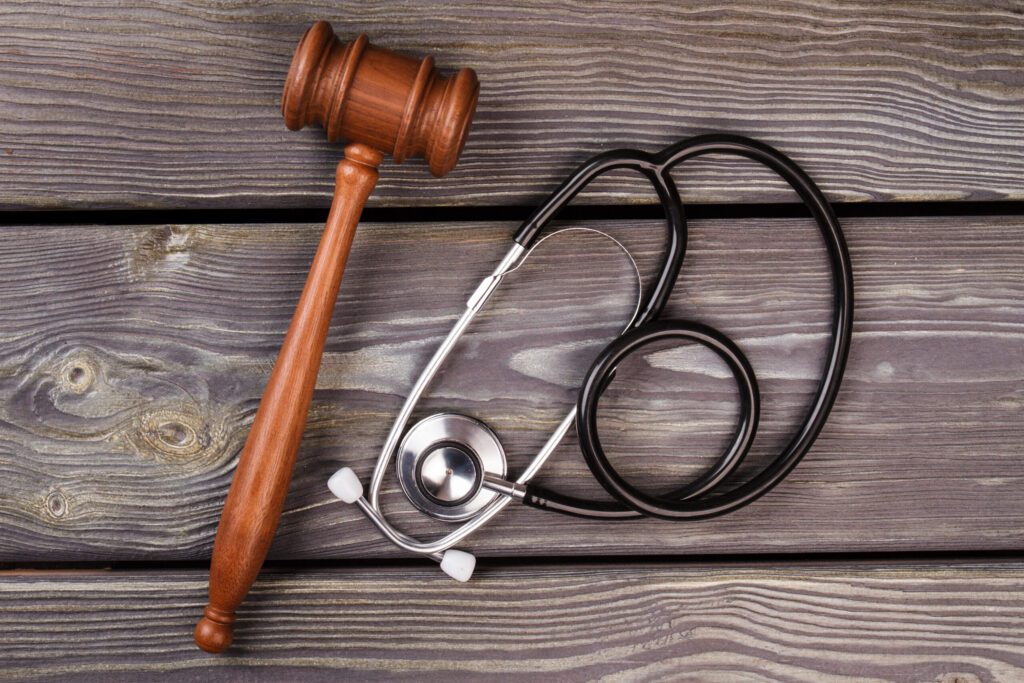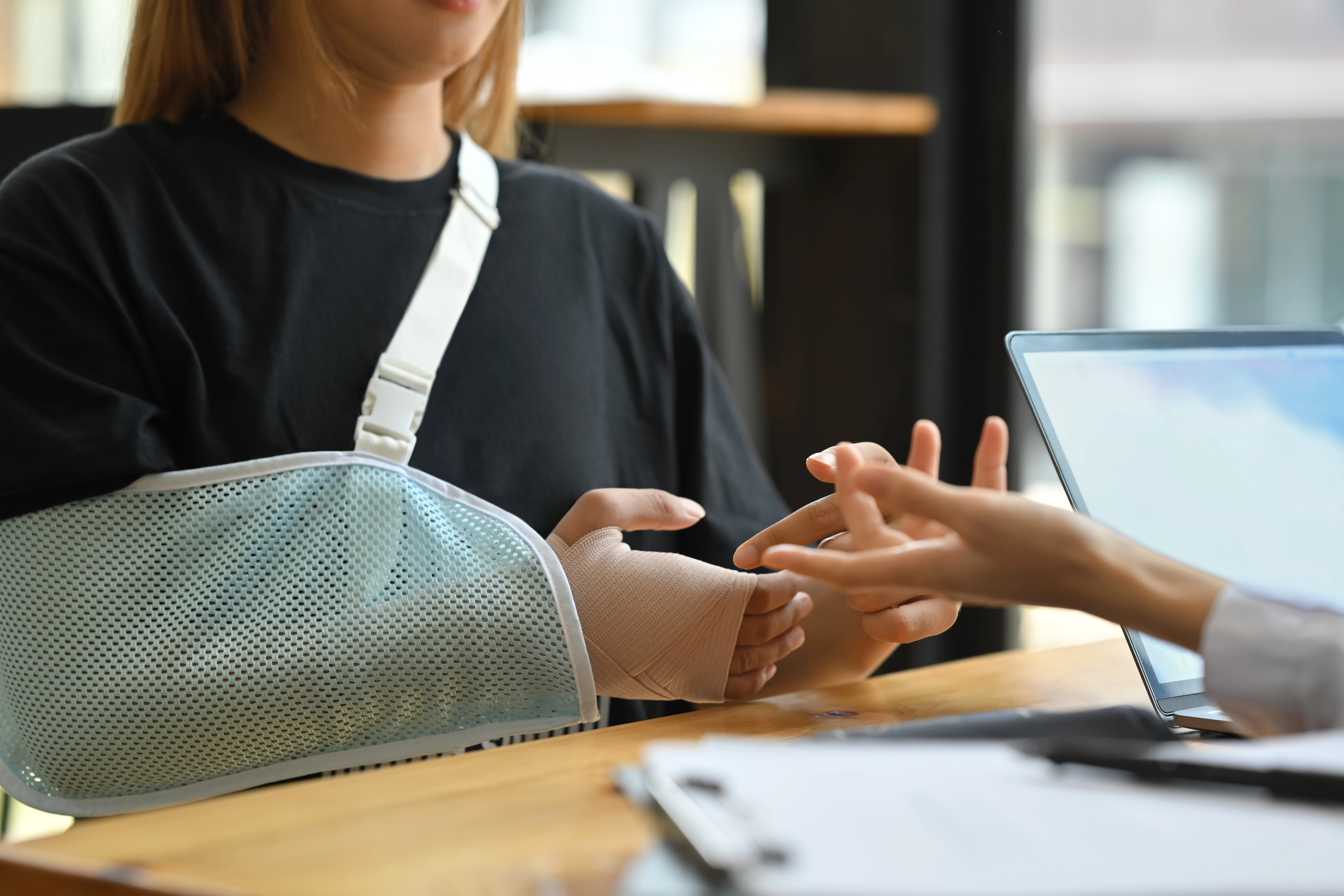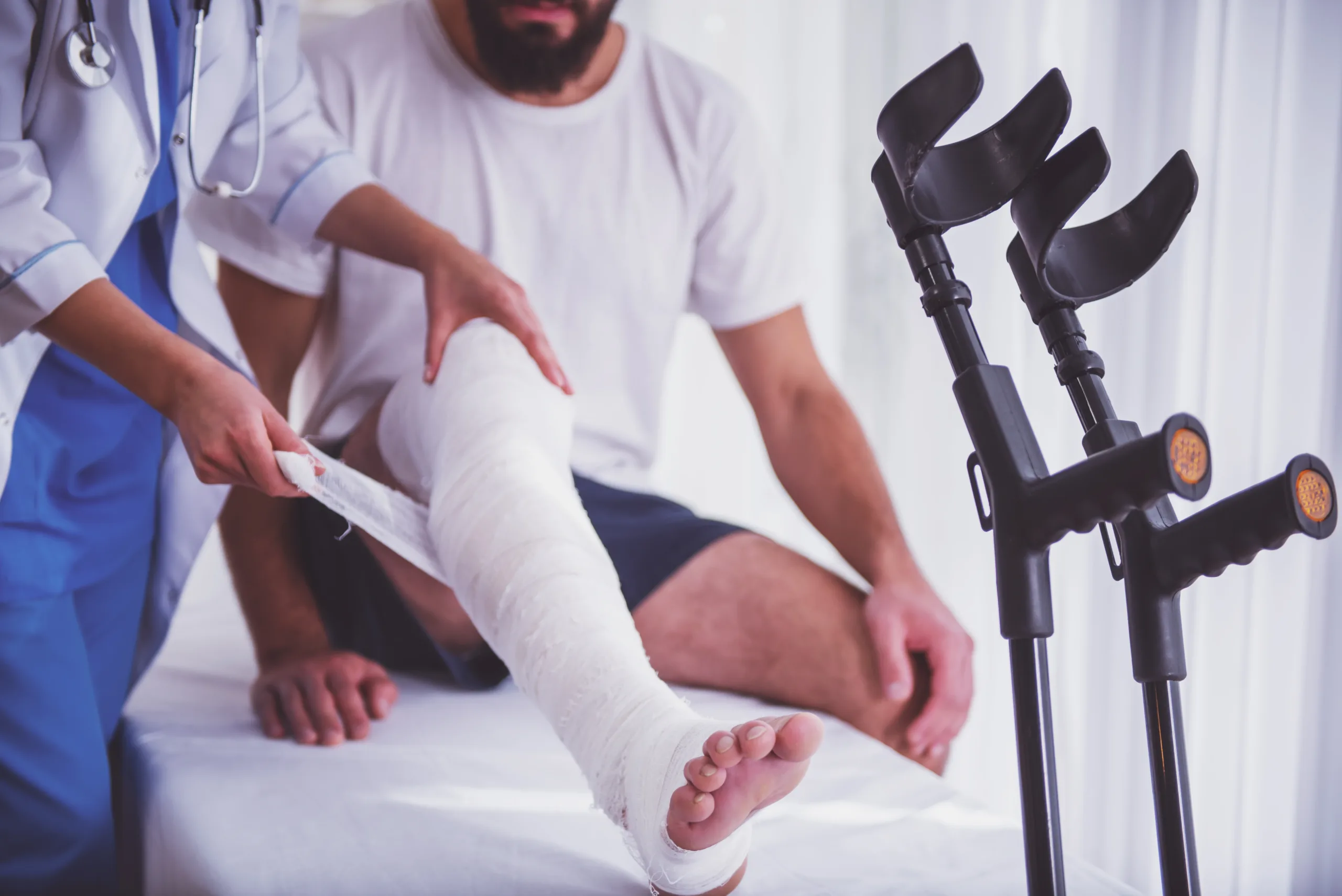Your Path to Justice Begins Now!
Negligence and liability are among the most complex legal issues. In a world of interrelated duties, knowing who is legally responsible for mistakes is crucial. This discussion explores negligence and liability: who is accountable and what constitutes negligence in a personal injury case is both legal and moral.
As duty, breach, cause, and damages are explained, legal advice is essential. People suffering negligence-related concerns need a legal ally with deep knowledge, skills, and unshakable devotion to clarify their situation.
This is where Monroe, Louisiana’s E. Orum Young Law Personal Injury Attorney shined. E. Orum Young Law is more than a law firm—it is a beacon of hope for those confronting negligence and liability. Our track record shows our steadfast dedication to obtaining justice for our clients.
- Orum Young Law is your unwavering companion if you’re dealing with accountability, damages, or personal injury claims. Our lawyers investigate negligent claims and construct a compelling case that can withstand court examination.
Don’t brave the legal labyrinth alone. Trust E. Orum Young Law to guide, advocate, and assist you in seeking justice. Make an appointment for a free case review today to enable us navigate the legal waters and ensure responsibility. We relentlessly advocate for your cause at E. Orum Young Law.
Short Summary
- Understanding negligence as well as liability is vital in a world of interconnected duties. Investigating negligence, liability, and detecting negligence in personal injury claims is legal and moral.
- Negligence claims need duty of care, breach of duty, causation, and damages. Helping people comprehend and manage these factors is vital for lawyers.
- Gross, ordinary, comparative, contributory, and vicarious liability have various legal consequences. Understanding negligent types is crucial to a successful legal argument.
- Contributory negligence, comparative negligence, and assumption of risk are crucial negligence defenses. Plaintiffs and defendants must understand these defenses.
- Compensatory damages, including special and general damages, aim to compensate for losses and harm suffered due to negligence.
- Punitive damages serve to punish particularly egregious conduct and deter similar actions in the future.
- After an accident, responsibility isn’t always limited to the actions of one person. Vicarious liability holds others responsible, even if not directly involved.
- Financially secure and well-insured parties become better choices for compensation in such cases.
What is Negligence in Personal Injury?
The legal idea of negligence supports many personal injury claims. It occurs when someone fails to act reasonably, causing harm to another.
Elements of Negligence
To establish a negligence claim, certain key elements must be present:
Duty of Care
Establishing that the defendant owed the plaintiff a duty of care is the first step to negligence. Duty of care is the legal need to act properly and prudently.
Breach of Duty
The plaintiff must prove the defendant breached the duty of care. A breach of duty occurs when the defendant fails to act prudently in identical circumstances. The defendant’s conduct’ deviate from the standard of care is often used to determine this.
Causation
There must be a direct connection between the breach of duty and the harm suffered by the injured party. Causation is typically divided into two components:
- Cause-in-Fact: The plaintiff must prove that the defendant’s breach of duty caused the injury. The injury would not have occurred if the defendant had not acted negligently.
- Proximate Cause: Prove that the defendant’s acts caused the injury suffered. Proximate cause limits liability to reasonably foreseeable outcomes of the negligent act.
Damages:
To win a negligence claim, the plaintiff must demonstrate actual harm or damages. Damages include bodily injuries, emotional distress, property damage, medical bills, lost wages, and pain and suffering.
Simple breakdown:
The victims of a truck driver who runs a red light and hits another car may file a lawsuit for personal injury.
- Duty of Care: The truck driver has a duty to follow traffic laws and signals.
- Breach of Duty: Running a red light is a breach of the duty of care.
- Causation: The truck accident and injuries were caused by the driver running the red light.
- Damages: The occupants of the other vehicle suffered physical injuries, emotional distress, and incurred medical expenses.
What are the Types of Negligence?
Different types of negligence rely on the circumstances and nature of the misconduct. Here are some common types of negligence:
Gross Negligence
It is a more serious duty of care breach. It indicates reckless disregard for others’ safety and well-being, generally involving more than carelessness.
Ordinary Negligence
This is the most basic form of negligence, where a person or entity fails to exercise the level of care that a reasonably prudent person would in similar circumstances.
Comparative Negligence
This occurs when both parties share some liability for an incident. In comparative negligence jurisdictions, the plaintiff’s damages depend on fault.
Contributory Negligence
This bars a plaintiff from recovering damages in some jurisdictions if they contributed to their own injury. This method is rarer than comparative negligence.
Vicarious Liability
While not negligence per se, vicarious responsibility holds one party liable for another’s negligence. An employer may be responsible for employee negligence while on their job.
What are the Defence Against Negligence Claims?
Defendants have numerous arguments for negligence claims. These legal defences let individuals and entities avoid or reduce liability. Both plaintiffs and defendants must understand these defenses to navigate negligent lawsuits.
Contributory Negligence
Contributory negligence asserts that the plaintiff’s own actions or failure to exercise reasonable care contributed to the injuries suffered.
Application: In jurisdictions following the contributory negligence rule, if the plaintiff is found even partially at fault, they may be barred from recovering damages.
Comparative Negligence
Comparative negligence acknowledges that both the plaintiff and defendant may share some degree of fault.
Application: Damages are apportioned based on the percentage of fault assigned to each party. This allows recovery even if the plaintiff is partially responsible.
Assumption of Risk
This defense asserts that the plaintiff knowingly accepted the risks associated with a certain activity or situation.
Application: If the defendant can demonstrate that the plaintiff willingly assumed the risks, it can limit or eliminate liability.
What are the Legal Remedies for Negligence?
Legal remedies help victims of negligence law get justice and compensation. In the complex world of negligence claims, plaintiffs and defendants must understand their legal options.
Compensatory Damages
Compensatory damages aim to compensate the injured party for the losses and harm they have suffered as a result of negligence.
Below are the following types of compensatory damages:
-
Special Damages (Economic Damages)
Directly quantifiable economic losses, such as medical expenses, property damage, and lost wages.
-
General Damages (Non-economic Damages)
Non-economic losses, including pain and suffering, emotional distress, and loss of consortium.
Punitive Damages
Punitive damages are intended to punish the defendant for particularly egregious conduct and to deter similar actions in the future.
Criteria: Awarded in cases involving wanton or reckless behavior, punitive damages go beyond compensating the plaintiff and serve a punitive and deterrent purpose.
Negligence and Liability: Who is Responsible?
After an accident, negligence isn’t usually one person’s fault. Vicarious responsibility holds other parties accountable. If you’re injured you’re more likely to seek compensation from a financially secure and well-insured person, even if they weren’t implicated.
Vicarious Liability (Employers and Corporations)
If they fail to safeguard their workers, businesses are liable under vicarious liability. This is crucial for store or corporate slips. Work accidents can be blamed on employers even if they weren’t there.
Think of a car accident: If A, who works for B, crashes with C during a delivery, both A and B could be in trouble under vicarious liability. B is responsible for any mistakes A makes while doing his job, like driving during deliveries.
In cases like this, B is a “better” choice as a defendant because they’re more likely to have enough money and insurance compared to A.
Strict Liability Cases
Injuries usually require proof of negligence. However, strict liability scenarios like defective products vary the rules. You don’t need to prove negligence if a harmful product hurts you. You must prove the product was defective and caused your injury. Manufacturers are careful to develop safe products so they can be held responsible for damage without appearing careless.
With E. Orum Young Law Personal Injury Attorneys, Learn About Personal Injury Negligence and Get Justice!
In the world of personal injury, navigating negligence and liability: who is responsible? can be overwhelming. Especially in strict liability cases involving defective products or risky activities, the rules are different. Here’s the game-changer: with E. Orum Young Law in Monroe, Louisiana, you don’t have to fight alone.
Why Choose Us:
- Our knowledgeable attorneys understand the intricacies of personal injury law, offering you a formidable ally in your legal battle.
- In strict liability cases, we know the rules and leverage them to secure justice without the burden of proving negligence.
- Our team is not just about winning cases; it’s about supporting you through every step of the journey.
- We handle a wide range of vehicular accident cases such as car, commercial truck, bus, taxi, and others type of motor vehicular accident. And also accident cases such as blind spot, rush hour traffic, distracted driving, and other type of traffic accident.
Your Pain Points, Our Solutions:
- We simplify the legal process, guiding you with clarity and transparency.
- Trust us to handle the legal complexities, allowing you to focus on recovery and well-being.
- Our goal is not just justice but ensuring you receive the compensation you deserve, alleviating financial burdens.
Contact E. Orum Young Law Personal Injury Attorneys today and schedule a free case review. Let our experience speak for you, turning the tables on the challenges you face.
Because Justice Shouldn’t Be an Uphill Battle. Choose E. Orum Young Law — Your Advocates for a Fair Tomorrow.





